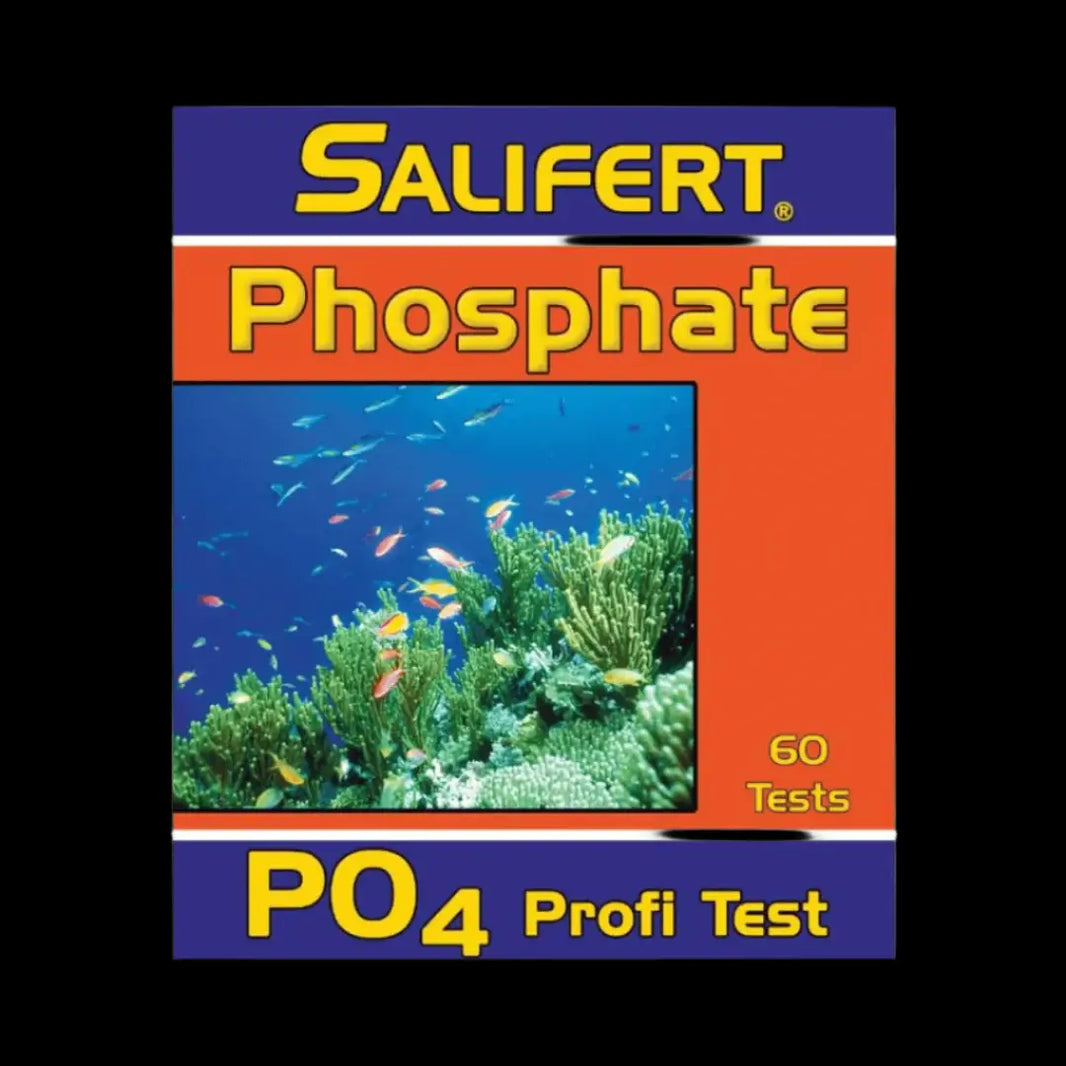
Salifert Phosphate Profi-Test Kit
Phosphate has several negative effects if present in a too high concentration. First of all undesirable algae growth might result. Making an aquarium an unpleasant sight.
Phosphate also blocks or retards the growth of corals and calcareous algae.
One of the scientific studies shows that a phosphate concentration higher than 0.05 mg/L decreases the growth of calcareous algae by 90%!
Washing fish food, which is a rich source for phosphates in a sieve after thawing reduces the input of phosphate tremendously. Also avoiding use of phosphate-rich low-grade activated carbon helps keep phosphate levels as low as possible. Checking the activated carbon for phosphate prior to use is therefore highly recommended.
Elevated concentrations of phosphate can be removed by using the liquid Phosphate-Eliminator or the highly effective granular Phosphate-Killer. Both also decrease silicate and organics content and adsorb toxic heavy metals.
Since phosphate can have major consequences when present in a concentration above 0.05mg/L a test kit should be able in detecting even lower concentrations.
The Salifert phosphate test already detects, within seconds, 0.015 mg/L of phosphate. This makes phosphate measurement highly reliable and informative allowing timely measures to be taken. The kit can perform approx. 50 measurements.
